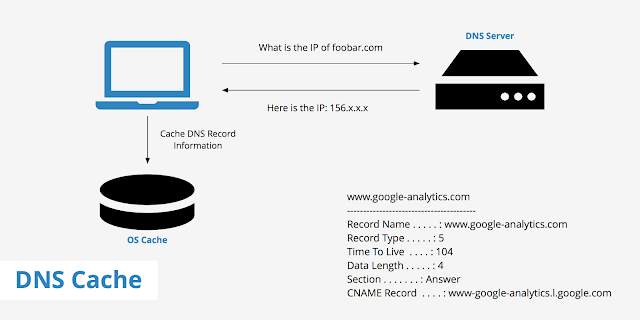Sometimes you may have faced a situation like your friends or teachers has given you pdf, google docs, google sheets or video files with google drive links and when you open it you can preview the content of those files but when you try to download you will not get any download, copy, or print button because google has intentionally created those files with no download or print feature.
In general, these types of files are view-only or protected google drive files. Suppose you like download those files and save them locally then without a hack you cannot achieve. Don't worry guys I will help you. In this article, I will be explaining to you how to download protected view-only files from google drive.
Warning: For educational purposes only.
Steps to Download protected/view-only pdf files from google drive?
1. Open or Preview Any view-only or protected files from google drive.
2. Open Developer Console.
If you are previewing in Google Chrome or Firefox
Press Shift + Ctrl + J ( on Windows / Linux) or Option + ⌘ + J (on Mac)
If you are previewing in Microsoft Edge
Press Shift + Ctrl + I
If you are previewing in Apple Safari
Press Option + ⌘ + C
Then you will find yourself inside the developer tools.
3 Navigate to the "Console" tab.
4 Paste below code and press Enter
let jspdf = document.createElement("script");
jspdf.onload = function () {
let pdf = new jsPDF();
let elements = document.getElementsByTagName("img");
for (let i in elements) {
let img = elements[i];
console.log("add img ", img);
if (!/^blob:/.test(img.src)) {
console.log("invalid src");
continue;
}
let can = document.createElement('canvas');
let con = can.getContext("2d");
can.width = img.width;
can.height = img.height;
con.drawImage(img, 0, 0, img.width, img.height);
let imgData = can.toDataURL("image/jpeg", 1.0);
pdf.addImage(imgData, 'JPEG', 0, 0);
pdf.addPage();
}
pdf.save("download.pdf");
};
jspdf.src = 'https://cdnjs.cloudflare.com/ajax/libs/jspdf/1.5.3/jspdf.debug.js';
document.body.appendChild(jspdf);
Technical Concept:



 \
\